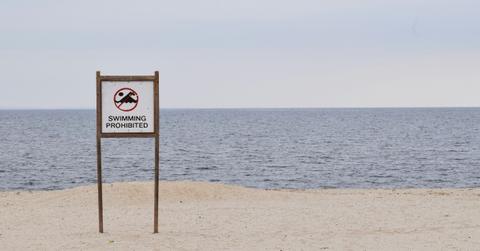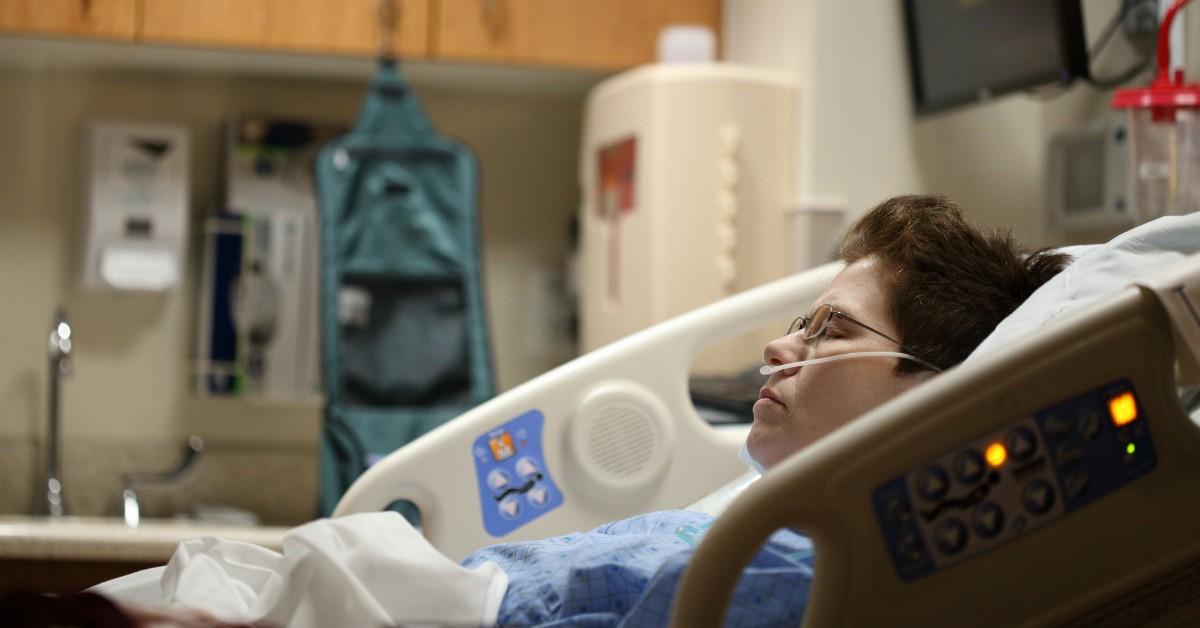The Gulf Coast Sees a Spike in Flesh-Eating Bacteria Deaths
The flesh-eating bacteria is rare, but deadly.
Published Aug. 5 2025, 12:14 p.m. ET

Experts in certain Gulf Coast states are warning that cases of Vibrio vulnificus — also known as flesh-eating bacteria — are on the rise. Several states have even reported higher-than-normal numbers, prompting health officials to warn about the warm waters where this bacteria thrives.
Climate change is causing extreme weather — like severe storms, flooding, and heat waves — which experts believe is playing a role in making this bacteria more common, leading to more cases.
You can learn more about the flesh-eating bacteria deaths in 2025 and what experts say may make you more high risk when it comes to infections from this rare, but potentially fatal, bacteria.

How many flesh-eating bacteria deaths have there been in 2025?
As of Aug. 1, 2025, ABC News reports that there have been eight deaths as a result of flesh-eating bacteria infections. There have been 17 cases in Louisiana, and four of those people have died. Additionally, Florida has reported 13 confirmed cases, and four of those patients have died as well.
This is a sharp uptick from previous years, when health officials say that Louisiana typically sees just seven cases and a single death per year on average.
What is causing the flesh-eating bacteria outbreak?
Officials say that the Vibrio vulnificus bacteria can be found in warm waters like those along the Gulf Coast. "This bacteria normally exists in warm water, salty water, sometimes brackish water, especially during summer months," Dr. Alok Patel told ABC News. Brackish water is the name for the water where salt and fresh water meet.
People become exposed to the bacteria when they enter these waters with open wounds, ingest the water, or eat raw seafood that once lived there.
"If you come in contact with ocean water when you have cuts or eat raw seafood and you get sick, you want to make sure you see a doctor immediately, because this needs to be treated quickly," the doctor continued, calling the ocean "dirty" and advising anyone with open wounds to stay out of it.
Is flesh-eating bacteria contagious?
Flesh-eating bacteria cannot be passed from person to person, according to the Cleveland Clinic. Instead, you typically get it from exposure to the bacteria itself.
However, some people are at a higher risk of developing an infection than others. According to the clinic, this includes those who have a weakened immune system and those with certain conditions like liver disease, kidney failure, diabetes, and hemochromatosis.
While this is understandably a scary-sounding bacterium, Vibrio vulnificus infections remain rare. According to the Cleveland Clinic, only 100 to 200 U.S. cases are typically reported per year.
Still, even with the rarity of this type of infection, it's clearly wise to follow the directions of health officials and stay out of salt or brackish water when you have open cuts, and to avoid consuming raw seafood from the areas prone to Vibrio vulnificus.